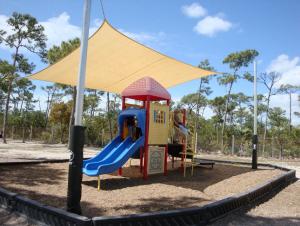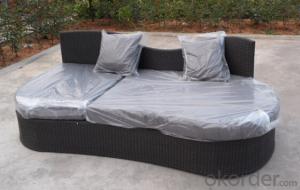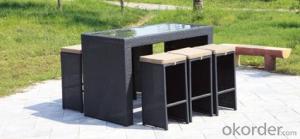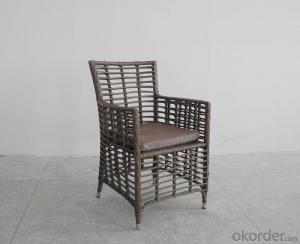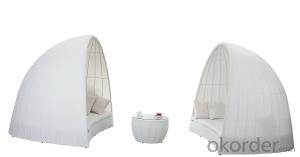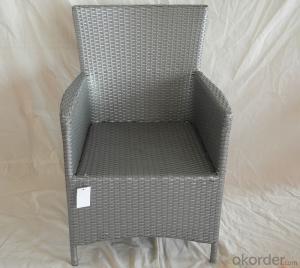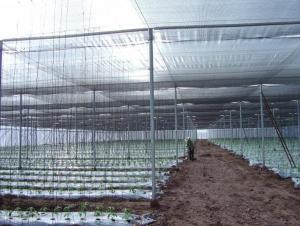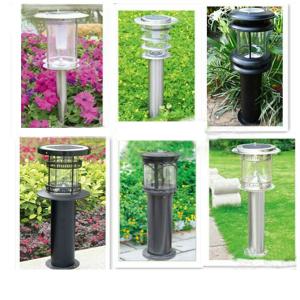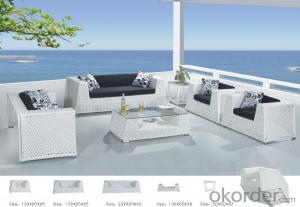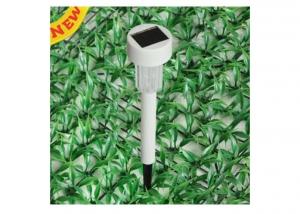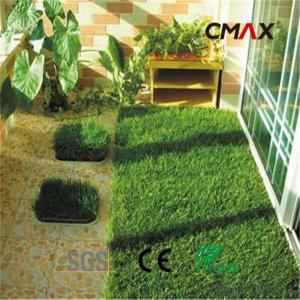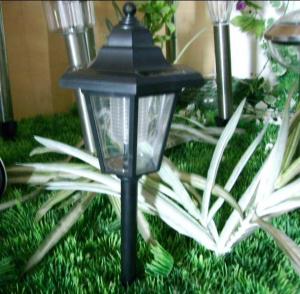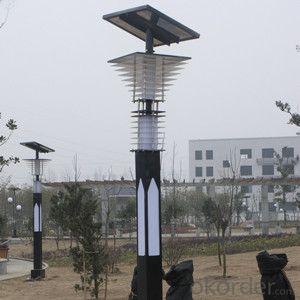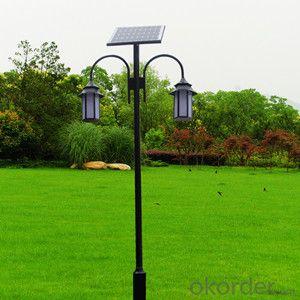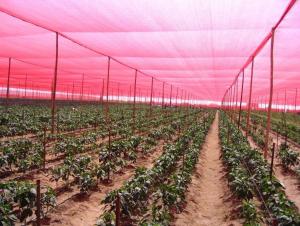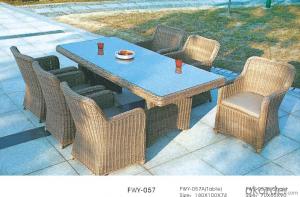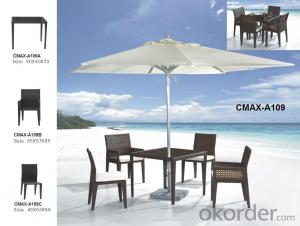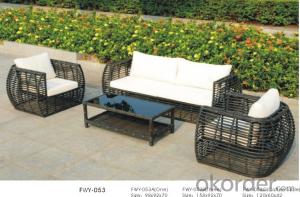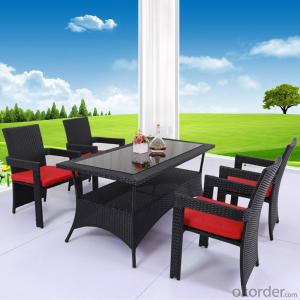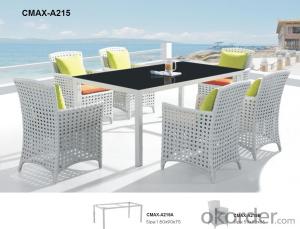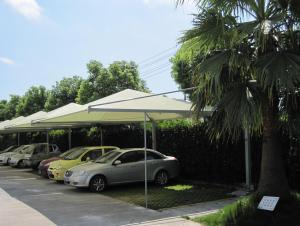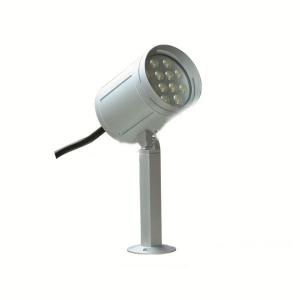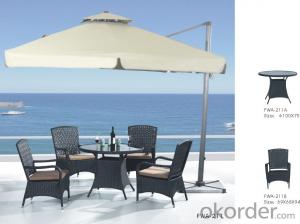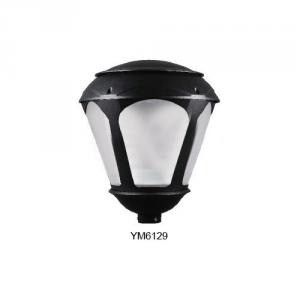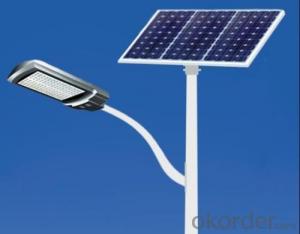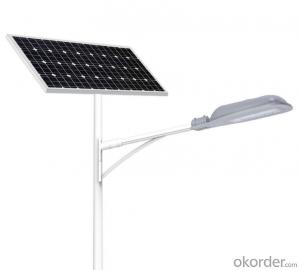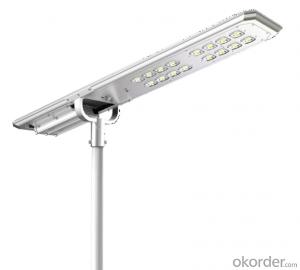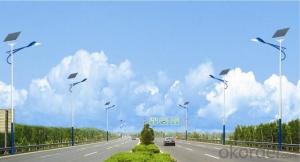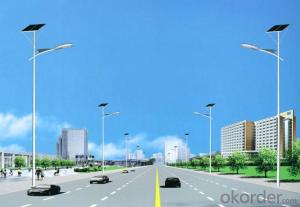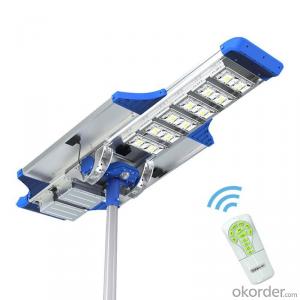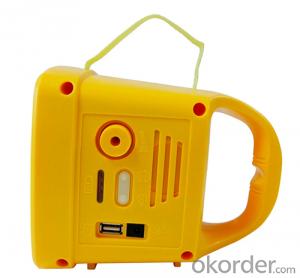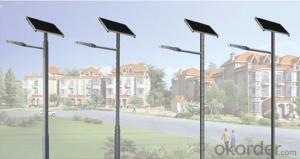Solar Garden Lights
Solar Garden Lights Related Searches
Galvanized Steel Garden Bed Steel Outdoor Bench Alside Pvc Aluminum Trim Coil Aluminum Pipe Stock light bond plus aluminum China Rattan Furniture Hunter Green Aluminum Trim Coil Aluminum Angle Iron Aluminum Vinyl Siding Trim Coil 24 X 50 Aluminum Trim CoilHot Searches
Stainless Steel Supply Near Me Steel Girder Cost Stainless Steel Tubing Near Me Stainless Steel Welder Near Me Stainless Steel Shop Near Me Stainless Steel Welders Near Me Stainless Steel Near Me Lasani Wood Sheet Price Garden Slabs Sale Garden Bench Sale Garden Supply Company Catalog Local Garden Supply Stores Buy Wood Screws Heated Wood Floors Cost Wood Trim Suppliers Used Hotel Patio Furniture For Sale Cost Of Awnings For Decks Japanese Garden Statues For Sale Garden Decorations For Sale Garden Awnings For SaleSolar Garden Lights Supplier & Manufacturer from China
Okorder.com is a professional Solar Garden Lights supplier & manufacturer, offers integrated one-stop services including real-time quoting and online cargo tracking. We are funded by CNBM Group, a Fortune 500 enterprise and the largest Solar Garden Lights firm in China.Hot Products
FAQ
- Solar lights are designed to withstand extreme temperatures due to the materials and engineering used in their construction. These lights are typically made with high-quality materials that are resistant to temperature fluctuations. The solar panels, which are the key component of solar lights, are made from durable materials like tempered glass or polycrystalline silicon, which can withstand both high and low temperatures. In extreme heat, solar lights are designed to dissipate heat efficiently to prevent damage to the internal components. They often have ventilation systems or heat sinks that allow air to circulate and cool the internal components, ensuring that the lights continue to function optimally. Additionally, the batteries used in solar lights are usually designed to handle high temperatures without deteriorating or losing performance. On the other hand, solar lights are also engineered to withstand extreme cold temperatures. Many solar lights have built-in insulation to protect the internal components from freezing. Some models even use advanced technologies like thermal regulation to prevent the batteries from freezing and ensure consistent performance in cold weather conditions. Furthermore, solar lights are often tested in extreme temperature conditions during the manufacturing process to ensure their durability and functionality. These rigorous tests ensure that the lights can withstand the temperature variations they are likely to encounter in different climates and environments. Overall, solar lights are designed to withstand extreme temperatures through the use of high-quality materials, effective heat dissipation systems, and insulation. These features allow solar lights to continue operating reliably and efficiently even in the face of extreme temperature fluctuations.
- Yes, solar lights can be used in areas with extreme temperatures. Most solar lights are designed to withstand a wide range of temperatures, including both high and low extremes. However, it is important to check the specifications of the specific solar light to ensure it is suitable for the specific temperature range of the area in question.
- When choosing the right solar light for your needs, consider factors such as brightness, battery capacity, design, and functionality. Determine the purpose of the solar light, whether it is for decorative or practical use. Assess the area where you want to install the light and ensure it receives sufficient sunlight. Look for lights with adjustable settings to match your preferences. Read customer reviews and compare different models to find the one that best suits your requirements and budget.
- Solar lights contribute to reducing light pollution in several ways. Firstly, they use clean and renewable energy from the sun, eliminating the need for electricity generated by fossil fuels, which can contribute to light pollution. Secondly, solar lights are designed to emit light only in a directed and focused manner, minimizing the scattering of light into the sky and surrounding areas. This helps to prevent the excessive brightness and glare that contribute to light pollution. Additionally, solar lights often have built-in sensors that automatically adjust the brightness and duration of illumination based on ambient light levels, ensuring that they only provide the necessary and appropriate amount of light. Overall, solar lights offer an eco-friendly and targeted lighting solution that helps to reduce light pollution and preserve our dark skies.
- Yes, solar lights can be used for outdoor recreational areas. Solar lights are an excellent choice for outdoor lighting in recreational areas because they are easy to install, cost-effective, and environmentally friendly. They do not require any electrical wiring or access to a power source, making them ideal for remote or off-grid locations. Solar lights harness energy from the sun during the day and use it to power the lights at night, providing a sustainable and renewable lighting solution. Additionally, solar lights come in a variety of designs and styles, including path lights, floodlights, and string lights, allowing for versatile and customizable lighting options for outdoor recreational areas. Whether it is a park, campground, sports field, or backyard, solar lights can enhance the ambiance and safety of these spaces while minimizing energy consumption and reducing carbon footprint.
- Solar lights are generally designed to be resistant to lightning strikes. The photovoltaic panels and batteries are well-insulated and the electrical components are often protected by surge protectors. However, in the event of a direct lightning strike, there is still a risk of damage. It is recommended to disconnect the solar light during thunderstorms to minimize potential risks.
- Yes, solar lights can be used to light up a garden shed or greenhouse. Solar lights are a great option for providing lighting in remote or off-grid locations like sheds and greenhouses as they don't require any electricity from the main grid. They harness energy from the sun during the day and store it in batteries, which powers the lights during the night. Solar lights are easy to install, cost-effective, and environmentally friendly, making them a practical choice for illuminating garden sheds or greenhouses.
- The requirement of permits for the installation of solar lights can differ based on the location and local regulations in place. Oftentimes, permits are not necessary for solar lights since they are classified as low voltage lighting systems. Nevertheless, it is advisable to confirm with the appropriate local authorities, such as the building department or planning department, to ascertain whether any permits are required. Furthermore, specific guidelines concerning outdoor lighting installations may exist within homeowners associations or neighborhood covenants. It is highly recommended to consult with these entities to guarantee adherence to all regulations and prevent any potential issues from arising in the future.

